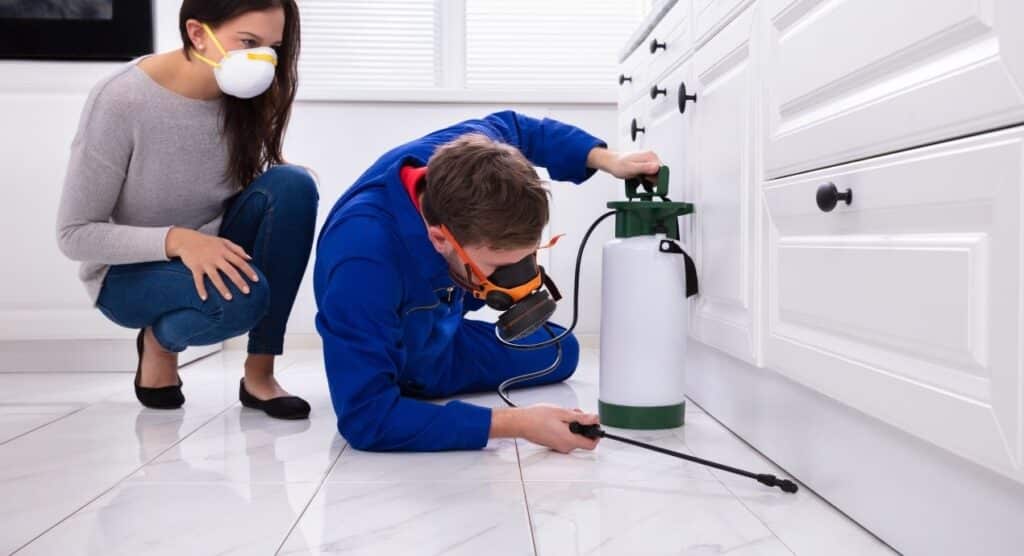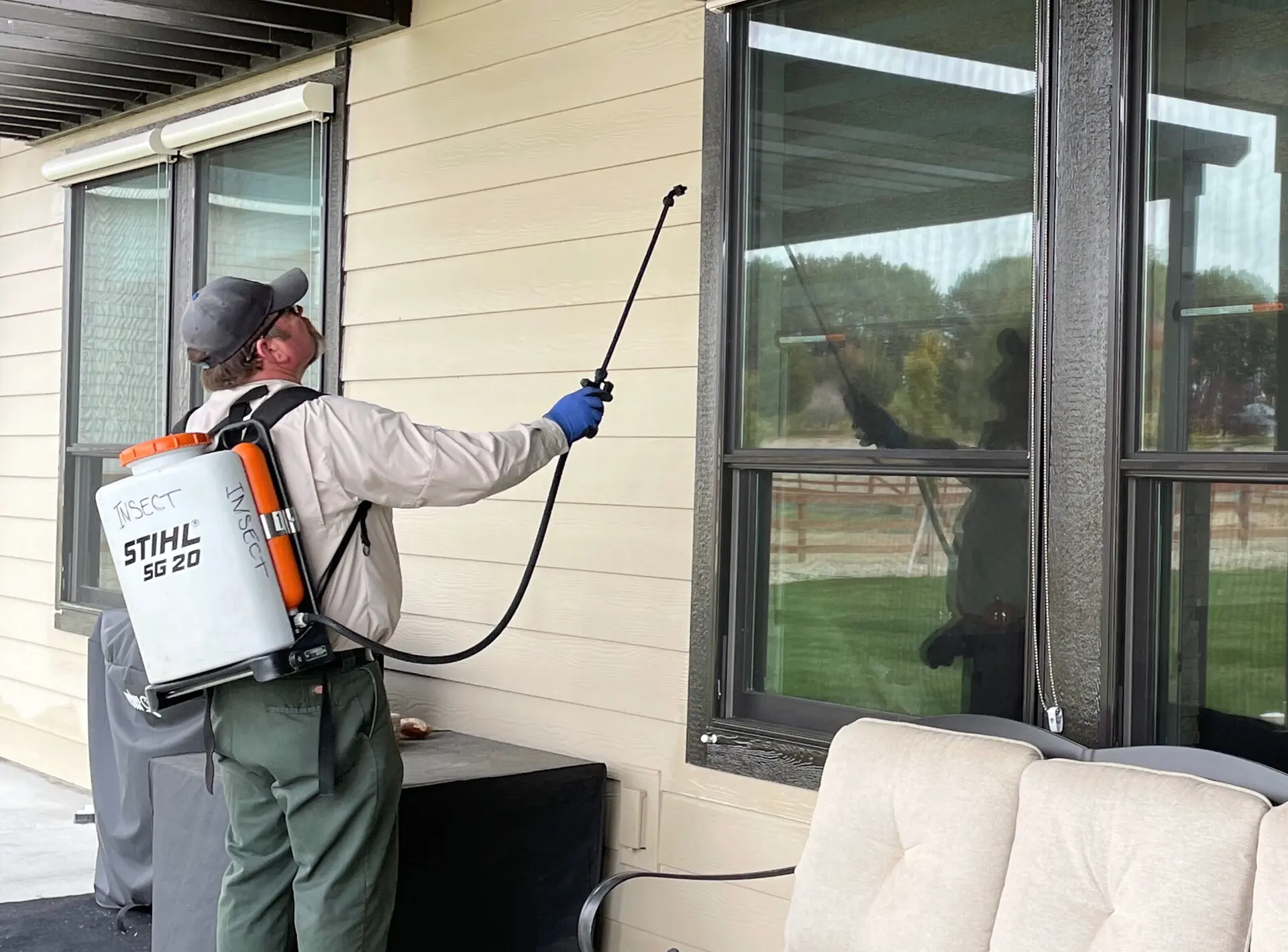Guardians Of The Home: How Pest Control Technicians Keep Your Space Safe
Have you ever wondered what goes on behind the scenes when you call a pest control technician? You might think of them as people who spray a little poison and leave, but there’s so much more to their role. Let’s look at how these professionals work to keep your home safe, healthy, and pest-free.

Understanding the Role of Pest Control Technicians
Pest control technicians are more than just bug exterminators. They are trained professionals who understand the biology and behavior of various pests. With their skills, they eliminate pests and prevent future infestations. Understanding their role can help you appreciate the value they bring to your home.
The Importance of Pest Control
Pests can carry diseases, damage your property, and affect your quality of life. They can invade your space without notice, turning a peaceful home into a source of stress. Fortunately, pest control technicians help manage and mitigate these issues.
Common Pests They Manage
Let’s take a look at some of the most common pests that technicians deal with:
| Pest Type | Issues Caused | Prevention Strategies |
|---|---|---|
| Ants | Food contamination, structural damage | Keeping food sealed, sealing entry points |
| Termites | Structural damage to wood | Regular inspections, moisture control |
| Cockroaches | Allergens, disease transmission | Keeping a clean environment, sealing cracks |
| Rodents | Contamination, property damage | Proper food storage, sealing holes |
| Bed Bugs | Sleep disruption, skin irritation | Regular inspections, proper luggage handling |
| Spiders | Fear, allergic reactions | Reducing clutter, sealing gaps |
Awareness of these pests and the problems they can cause is the first step toward maintaining a pest-free environment.
Inside the Pest Control Process
Understanding how pest control technicians operate can demystify the process and make you feel more comfortable when they come to your home.
Initial Inspection
The first step in pest control is the initial inspection. During this phase, the technician will examine your property to identify any signs of pest activity. This inspection often involves checking for droppings, nests, and entry points.
Treatment Plan Development
Once the inspection is complete, the technician will develop a treatment plan tailored to your needs. Depending on the type of pest and the severity of the infestation, this plan may include different methods of pest control.
Implementation
After you’ve agreed to the treatment plan, the technician will implement it, employing various methods such as:
- Chemical Treatment: Using pesticides to eliminate pests.
- Bait Systems: Placing bait to attract pests to areas where they can be effectively controlled.
- Trapping: Using traps for rodents or other larger pests.
Your technician will explain their actions and why, making sure you’re informed throughout the process.
Follow-Up and Prevention
Once treatment is complete, follow-up visits may be necessary to assess the plan’s effectiveness. The technician will also advise you on preventing future infestations, helping you maintain a pest-free home.

The Science Behind Pest Control
Understanding the science behind pest behavior can help you appreciate the expertise of pest control technicians even more.
Pest Behavior
Each pest has unique habits and behaviors that dictate how best to control it. For example, termites thrive in damp environments, while cockroaches prefer dark, hidden places. Knowing where and how these pests live allows technicians to target their methods effectively.
Safe and Eco-Friendly Practices
Modern pest control techniques are increasingly focused on safety and environmental responsibility. Many companies now use Integrated Pest Management (IPM) practices, emphasizing prevention, monitoring, and minimal chemical use.
Integrated Pest Management (IPM) Elements
| Element | Description |
|---|---|
| Prevention | Eliminating conditions that attract pests |
| Monitoring | Regular checks to detect pest activity |
| Control Measures | Using targeted treatments, minimizing chemical use |
This approach protects your home and the environment, ensuring that pest control methods are sustainable.
Common Myths About Pest Control
Plenty of myths about pest control can cause confusion. Here are some of the most common and the realities behind them.
Myth 1: Pest Control is Only Needed When You See Pests
While it’s easy to assume that you only need to worry about pest control when you notice an issue, this isn’t always true. Many pests can multiply quickly, so early detection and prevention are crucial.
Myth 2: All Pest Control Methods Are Dangerous
It’s a common misconception that all pest control methods harm humans and pets. On the contrary, many pest control companies focus on safe, eco-friendly treatments that minimize risk.
Myth 3: DIY Solutions are Just as Effective
While many DIY pest control solutions are available, they often fail to address the root of the problem. Professional technicians have the training, tools, and experience needed to manage pests effectively.

Building a Relationship with Your Pest Control Technician
Establishing a good rapport with your pest control technician can significantly enhance the service you receive.
Open Communication
Being open and honest with your technician about any pest issues you’ve experienced will help them determine the root cause of the infestation. They can then tailor their approach for maximum effectiveness.
Regular Inspections
Could you consider scheduling regular inspections with your technician? This proactive approach can help catch any emerging pest issues before they become significant problems.
Ask Questions
Feel free to ask questions about any aspect of pest control. Understanding the process can give you peace of mind and ensure you are actively involved in keeping your home pest-free.
The Cost of Pest Control Services
You may wonder what investing in pest control services entails. Here’s a breakdown of potential costs and what to consider.
Factors Affecting Cost
| Factor | Description |
|---|---|
| Type of Pest | Some pests are more challenging to control, which can increase costs. |
| Severity of Infestation | A more severe infestation typically requires more resources. |
| Treatment Method | Different methods (chemicals, traps) can have varying costs. |
Is Pest Control Worth It?
Investing in pest control isn’t just about eliminating pests now. It’s also about preventing future infestations and maintaining a safe and healthy environment for you and your loved ones.

DIY versus Professional Pest Control
You should consider tackling pest control on your own or hiring a professional. Here’s a breakdown of both options.
DIY Pest Control
Pros:
- Lower immediate costs.
- Opportunity to learn about pest behavior and control methods.
Cons:
- Can be time-consuming.
- Risk of ineffective treatment, leading to larger infestations.
Professional Pest Control
Pros:
- Expert knowledge and experience.
- Access to professional-grade products.
- Long-term prevention strategies.
Cons:
- Higher upfront costs.
Ultimately, your decision may depend on the severity of the pest problem and your comfort level with managing infestations.
Tips for a Pest-Free Home
Maintaining a pest-free home doesn’t stop with treatment. Here are some tips to help you keep your space safe.
Regular Cleaning
Please make sure that your home is regularly cleaned. Pests are often attracted to food debris, so keeping a tidy house will reduce their chances of intruding.
Proper Food Storage
Store food in airtight containers and manage waste properly. This can significantly decrease the likelihood of attracting pests like ants and cockroaches.
Seal Up Entry Points
Inspect your home for small holes and cracks that may allow pests to enter. Sealing these openings can help keep your home safe.
Regular Maintenance
You can stay on top of home maintenance tasks to prevent moisture build-up, which can attract pests like termites. Regular checks on plumbing and roofing can help keep your home in good shape.

Pest control technicians are the guardians of your home, working diligently to protect your living space from unwanted intruders. By understanding their role and the importance of pest control, you can better appreciate the value they offer. Whether you’re dealing with a minor issue or a significant infestation, these professionals have the skills and knowledge to keep your home safe and healthy.
Remember, maintaining a pest-free home is a team effort. By working with your pest control technician and implementing preventive measures, you can create an inhospitable environment for pests. Ultimately, a pest-free home brings peace of mind, allowing you to enjoy your space entirely.
==========
Content 10/10/G
